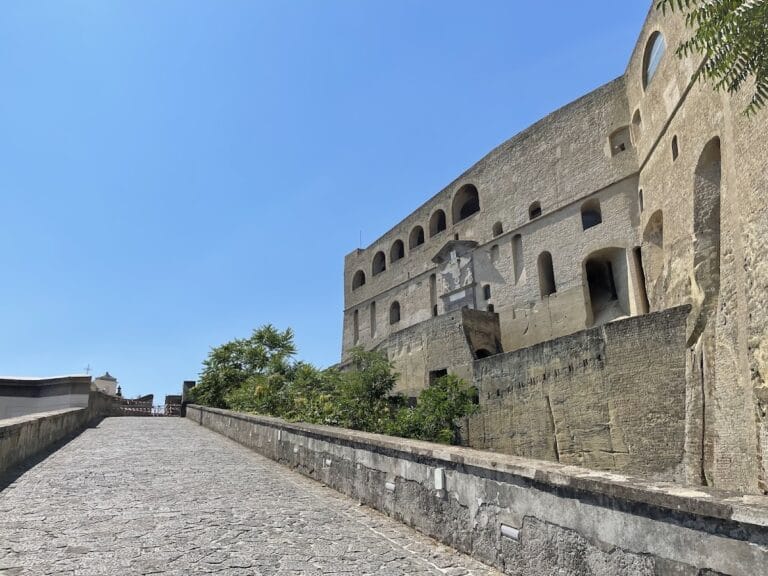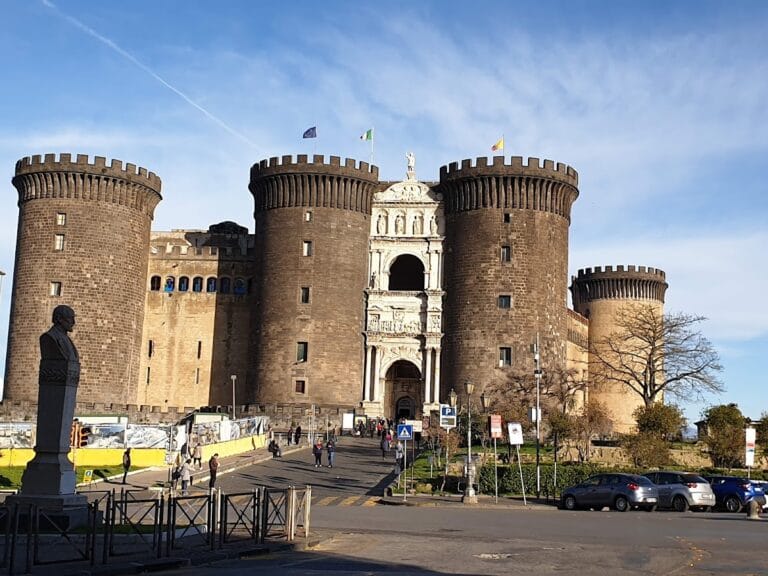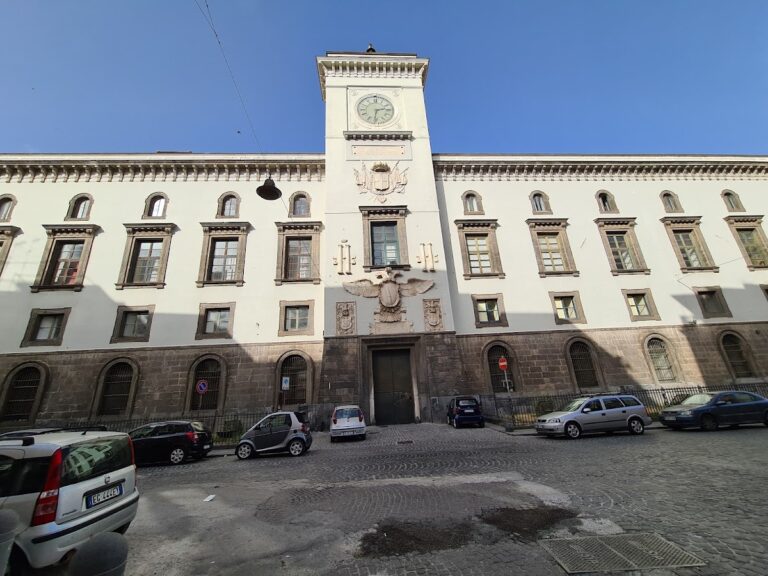Crypta Neapolitana: An Ancient Roman Tunnel in Naples
Visitor Information
Google Rating: 3.8
Popularity: Very Low
Google Maps: View on Google Maps
Country: Italy
Civilization: Roman
Remains: Infrastructure
History
The Crypta Neapolitana is an ancient Roman tunnel located in Naples, Italy. It was built by the Romans to improve the connection between the city of Neapolis (modern Naples) and the nearby town of Pozzuoli, situated in the Phlegrean Fields.
Construction of the tunnel began in 37 BC during a period of civil conflict between Octavian and Sextus Pompeius. The project was overseen by the architect Lucius Cocceius Auctus under the patronage of Agrippa, a close ally of Octavian. The tunnel was designed to replace earlier, more difficult routes, such as the Greek-built road and the via per colles, by providing a shorter and easier passage through the terrain. This infrastructure was part of a larger military network that included other tunnels built by Cocceius and the nearby Portus Julius naval base, reflecting the strategic importance of the area during this turbulent time.
The road passing through the tunnel, known as the via per cryptam, connected to the older Neapolis-Puteoli road near what is now Via Terracina. Archaeological excavations in this area have uncovered remains of a way-station (tabernae) and a thermal spa complex, indicating the route’s role in supporting travelers and military movements. Later, the Aqua Augusta aqueduct was constructed running parallel to the tunnel.
The tunnel remained in use for many centuries, undergoing restoration during the Bourbon dynasty in the 18th or 19th century, which shows efforts to preserve this ancient structure before the rise of modern archaeological interest. In the 20th century, newer tunnels replaced the Crypta Neapolitana for transportation needs. During World War II, the tunnel served as a bomb shelter for residents of the Bagnoli district. However, after suffering damage from wartime events and landslides in the 1950s, it fell into neglect before being restored as an archaeological site.
A medieval legend attributes the tunnel’s construction to the Roman poet Virgil, claiming he built it in a single night. This myth reflects the cultural significance the tunnel held in later periods, linking it to a figure renowned for wisdom and magic in popular imagination.
Remains
The Crypta Neapolitana is a road tunnel extending over 700 meters in length, running roughly east to west. Its eastern entrance is located in the Vergiliano park of Piedigrotta in Naples, while the western exit opens into the Fuorigrotta area. The tunnel was carved to provide a more direct and manageable route between Naples and Pozzuoli, avoiding the steep hills and marshy lands that made earlier paths difficult to traverse.
At the western end, the tunnel connects to the via Leopardi and the ancient Neapolis-Puteoli road near Via Terracina. Archaeological investigations in this vicinity have revealed the remains of a Roman way-station, known as tabernae, which would have served as rest stops or inns for travelers. Nearby, the foundations of a thermal spa complex have also been uncovered, indicating facilities for bathing and relaxation along the route.
The tunnel’s construction reflects Roman engineering techniques of the late Republic, with a focus on functionality and durability. During the Bourbon dynasty, the structure underwent significant restoration, which helped preserve its integrity before modern archaeological efforts began. Today, the tunnel stands as a restored archaeological site, with its entrances and passageway accessible for study and appreciation.
The site is also notable for its proximity to important tombs, including the so-called tomb of Virgil and that of the poet Giacomo Leopardi. These nearby monuments contribute to the cultural and historical landscape surrounding the tunnel, linking it to both ancient and more recent literary figures.





